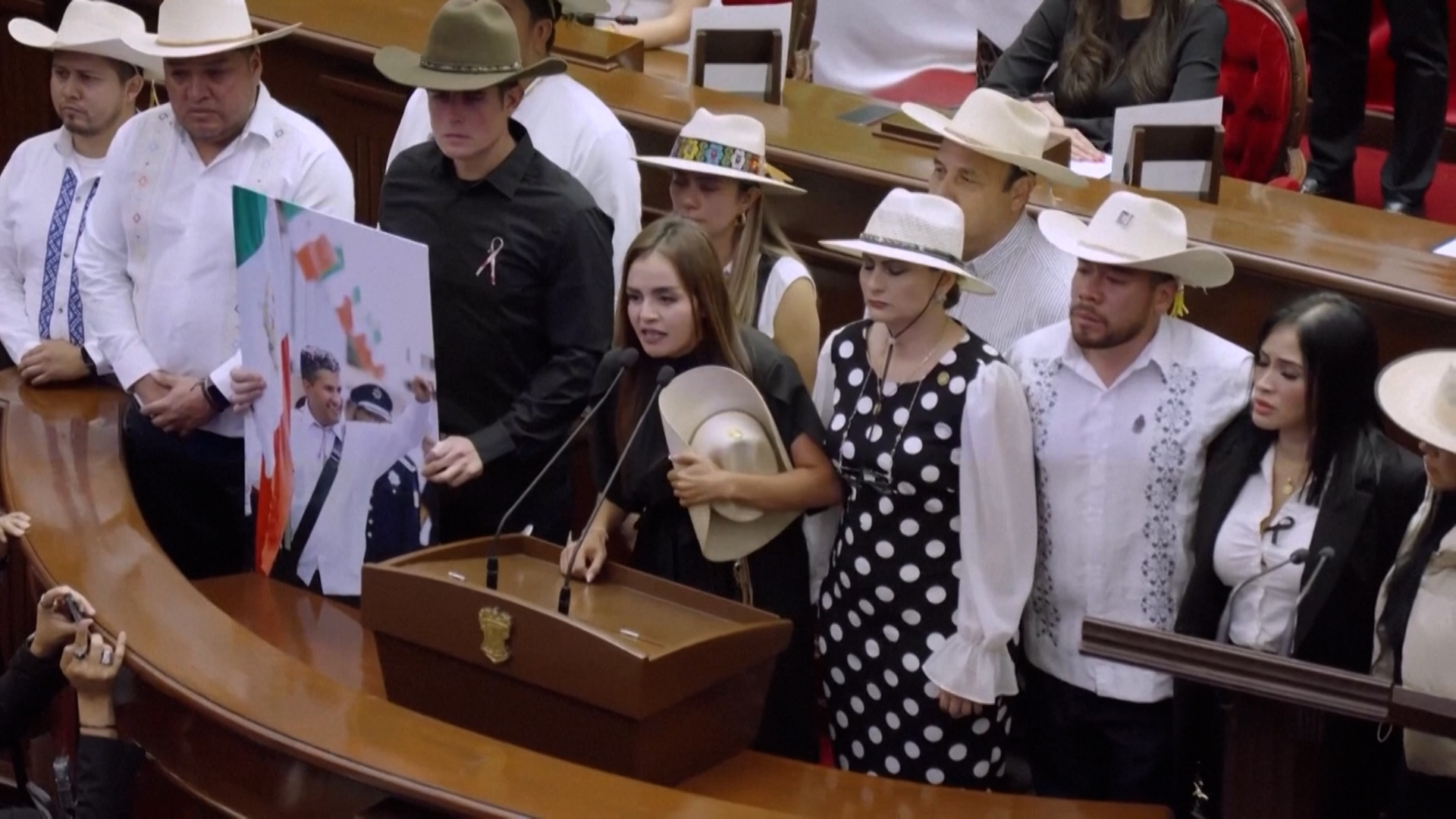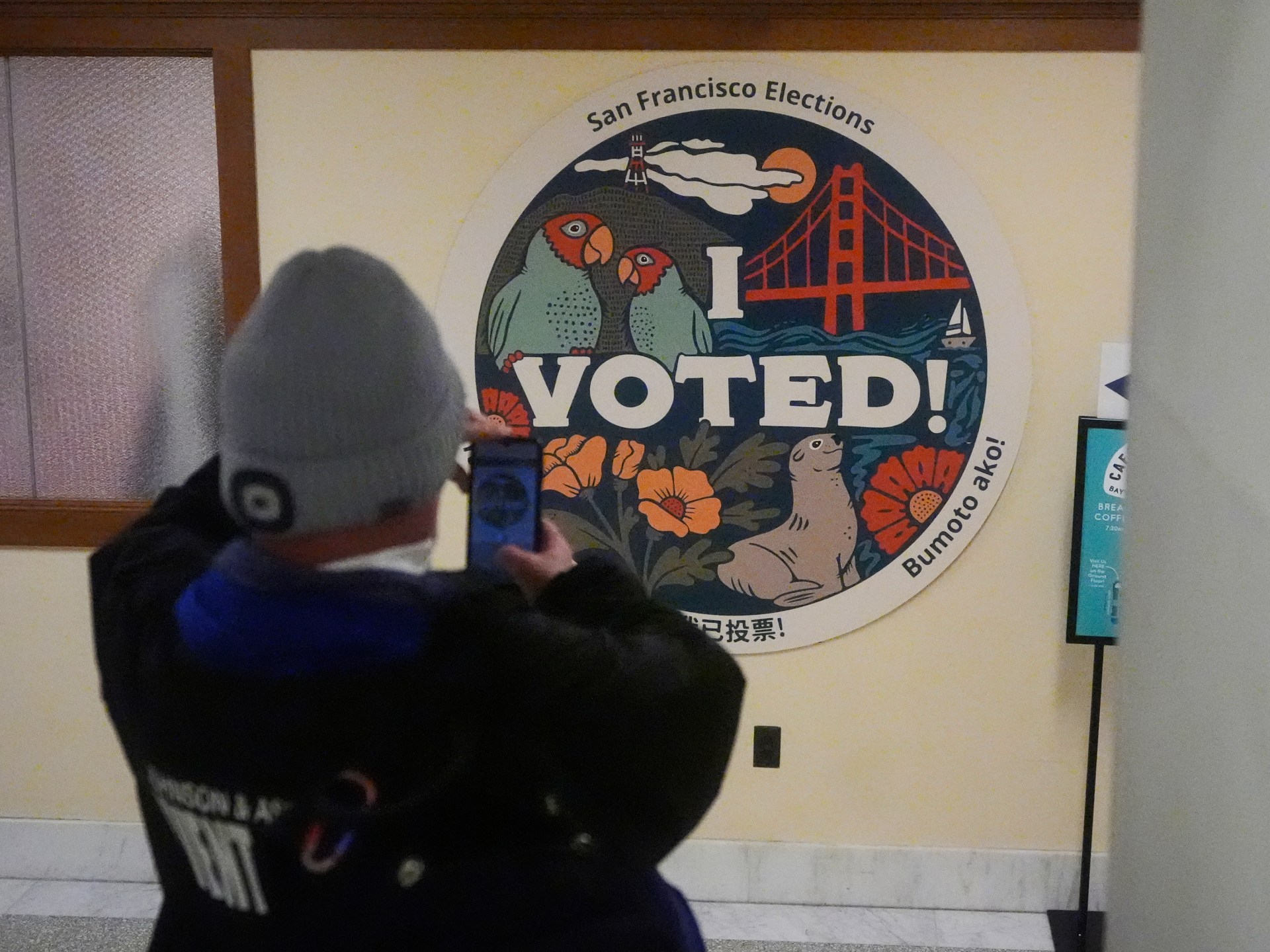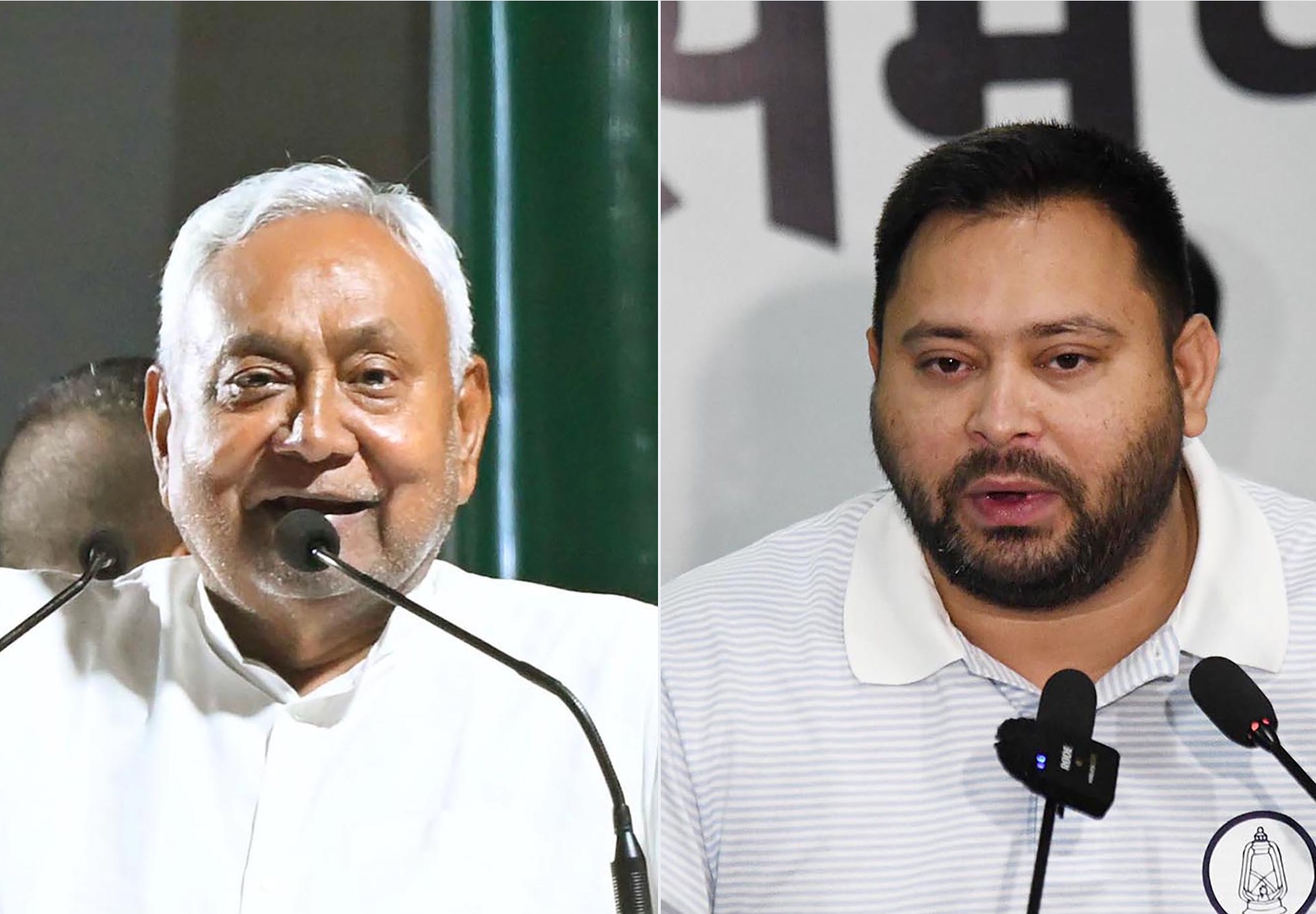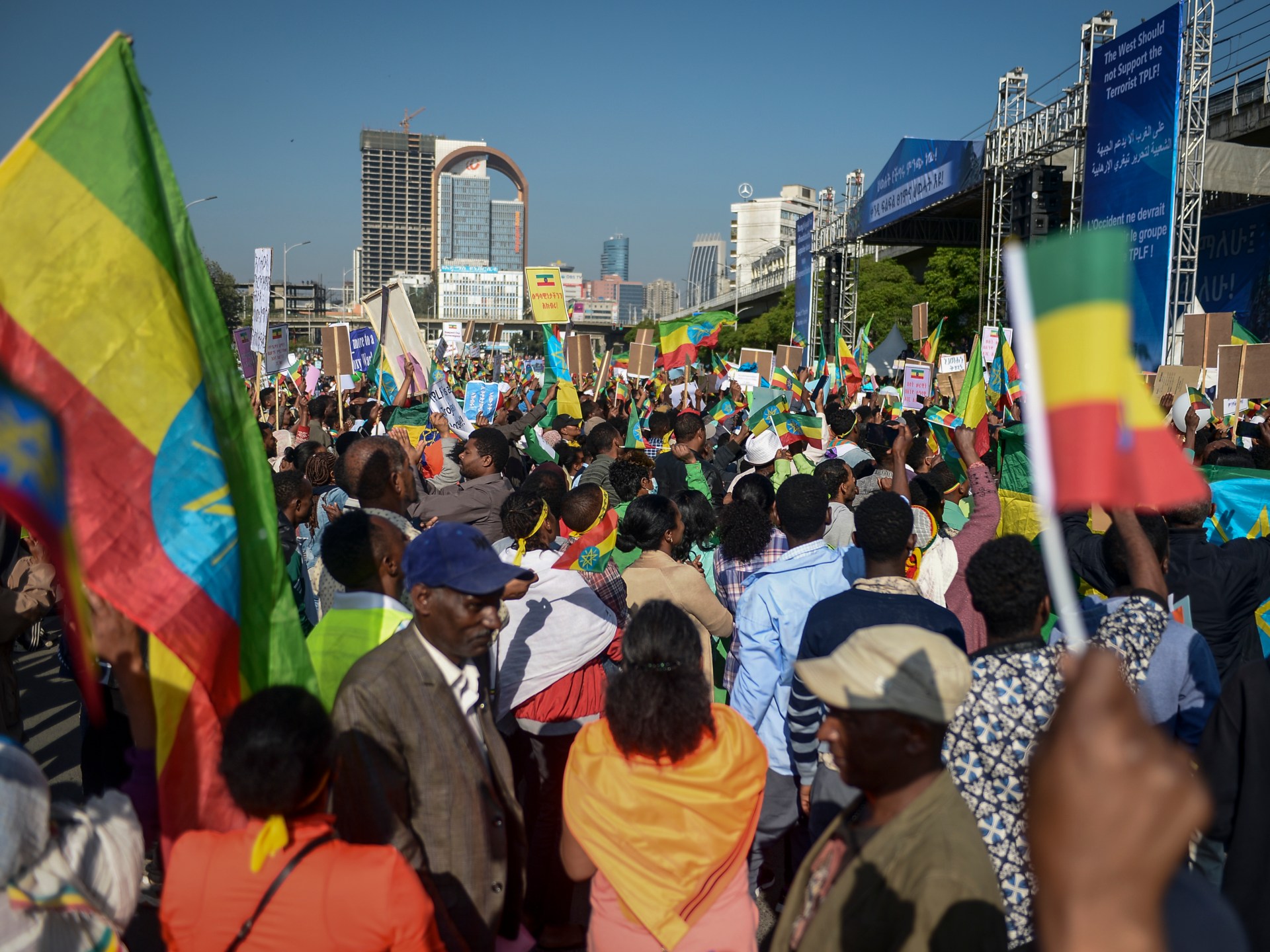Millions of voters in India’s third most populous state, Bihar, are voting on Thursday in the first phase of elections that could not only shape the state’s future but also serve as a bellwether for the broader mood of the nation, 17 months after Prime Minister Narendra Modi returned to power in New Delhi with a diminished mandate.
The elections for the Bihar Legislative Assembly will determine who governs Bihar for the next five years. The state is India’s poorest. But its 130 million people – more than any European nation – give Bihar hefty political clout.
Roughly half of Bihar’s constituencies vote on Thursday. The second phase of the elections will be held next week.
Here is what’s at stake.
Which constituencies are voting in phase one in Bihar?
Bihar has 243 assembly constituencies, 121 of which are up for voting on Thursday. Some of these constituencies are reserved for members of the Scheduled Castes (SC), communities that have been historically marginalised.
The Legislative Assembly, or the Vidhan Sabha, is the lower house of the bicameral Bihar Legislature. The last elections were in November 2020.
The 121 constituencies are: Alamnagar, Bihariganj, Singheshwar (SC), Madhepura, Sonbarsha (SC), Saharsa, Simri Bakhtiarpur, Mahishi, Kusheshwar Asthan (SC), Gaura Bauram, Benipur, Alinagar, Darbhanga Rural, Darbhanga, Hayaghat, Bahadurpur, Keoti, Jale, Gaighat, Aurai, Minapur, Bochaha (SC), Sakra (SC), Kurhani, Muzaffarpur, Kanti, Baruraj, Paroo, Sahebganj, Baikunthpur, Barauli, Gopalganj, Kuchaikote, Bhorey (SC), Hathua, Siwan, Ziradei, Darauli (SC), Raghunathpur, Daraundha, Barharia, Goriakothi, Maharajganj, Ekma, Manjhi, Baniapur, Taraiya, Marhaura, Chapra, Garkha (SC), Amnour, Parsa, Sonepur, Hajipur, Lalganj, Vaishali, Mahua, Raja Pakar (SC), Raghopur, Mahnar, Patepur (SC), Kalyanpur (SC), Warisnagar, Samastipur, Ujiarpur, Morwa, Sarairanjan, Mohiuddinnagar, Bibhutipur, Rosera (SC), Hasanpur, Cheria Bariarpur, Bachhwara, Teghra, Matihani, Sahebpur Kamal, Begusarai, Bakhri (SC), Alauli (SC), Khagaria, Beldaur, Parbatta, Tarapur, Munger, Jamalpur, Suryagarha, Lakhisarai, Sheikhpura, Barbigha, Asthawan, Biharsharif, Rajgir (SC), Islampur, Hilsa, Nalanda, Harnaut, Mokama, Barh, Bakhtiarpur, Digha, Bankipur, Kumhrar, Patna Sahib, Fatuha, Danapur, Maner, Phulwari (SC), Masaurhi (SC), Paliganj, Bikram, Sandesh, Barhara, Arrah, Agiaon (SC), Tarari, Jagdishpur, Shahpur, Brahampur, Buxar, Dumraon and Rajpur (SC).
What is the turnout?
According to local media reports, the voter turnout in Bihar had reached 42.3 percent by 1pm (07:30 GMT). In 2020, the final turnout was 57 percent.
How many eligible voters does Bihar have?
There are more than 74 million eligible voters in Bihar, more than the entire population of the United Kingdom or France.
Who are the main contenders?
The incumbent government in Bihar is an alliance led by Modi’s Bharatiya Janata Party (BJP) and the regional Janata Dal (United) or JD(U). These two are allied with smaller parties.
The JD(U) is led by Chief Minister Nitish Kumar, who has ruled Bihar for most of the past 20 years.
On the other side of the divide is the Rashtriya Janata Dal (RJD), also a regional political party, led by former Indian Railways Minister Lalu Prasad Yadav, who is currently released on bail after being convicted in corruption cases. In effect, the party is now led by his son Tejashwi Yadav. The RJD is part of another alliance, including the country’s main opposition party, the Indian National Congress, and smaller parties.
Jan Suraaj, a new party founded last year by political strategist-turned-politician Prashant Kishor, is also in the fray. In the past, Kishor has worked with both the BJP and Congress.
In the first phase of the elections, Tejashwi, the RJD leader, is contesting the Raghopur seat, which he won in 2015 and 2020. Running against him are the BJP’s Satish Kumar and the Jan Suraaj Party’s Chanchal Singh. Tejashwi’s father has also won the Raghopur seat twice in the past while his mother, Rabri Devi, has won it three times.
BJP candidate and Deputy Chief Minister Samrat Chaudhary is contesting the Tarapur seat. Also running on a BJP ticket is folk singer Maithili Thakur, who is running for the seat in Alinagar.
What are the key issues in these elections?
Primarily an agrarian state, Bihar is suffering from a struggling economy and has the highest poverty rate in India, according to a report published by the Indian government think tank NITI Aayog last year.
Both major blocs – the BJP-JD(U) alliance and the RJD-Congress coalition – have pledged to create jobs to help the state’s economy.
The two alliances are also making appeals to women, who constitute nearly half of the eligible voters in Bihar. The state has seen a steady rise in women’s political participation with female voter turnout often exceeding that of men.
The Congress-led bloc has pledged welfare schemes such as a monthly allowance for women. The BJP has also implemented the Chief Minister’s Women Employment Scheme. Under this scheme, about $880m was distributed among 7.5 million women in September to help them start businesses.
Why are these elections significant?
The elections are a key test for the popularity of Modi, who won a third term in the June 2024 elections. His party failed to win a majority and is reliant on regional allies, including the JD(U), to form the government.
The BJP has won most major state elections since the national vote and will be looking to continue that streak in Bihar. The state sends 40 members to the Lok Sabha, or lower house of the Indian Parliament. In the Lok Sabha elections in June 2024, the BJP won 12 of these seats while the JD(U) won another 12. Another BJP alliance partner, the Lok Janshakti Party (LJP), won another five seats.
But the RJD has a strong presence in the state too. In the last two state elections, in 2015 and 2020, the RJD emerged as the single largest party. In 2020, the two coalitions ended up almost neck-and-neck in vote share with 37 percent each, but the BJP-JD(U) alliance won enough seats to come to power.
These elections are also significant because they could mark the final political contest between Nitish Kumar, 74, and Lalu Prasad Yadav, 77. The two men have dominated politics in Bihar for nearly 40 years. They’ve often been allies and at other times have been bitter rivals.
But the elections are also vital because they come at a time when the credibility of India’s electoral politics is under rare question. The opposition, led by Rahul Gandhi of the Congress party, has accused the Election Commission of India (ECI) of revising the official voter list, or electoral rolls, in a way designed to benefit the BJP in the state.
The so-called Special Intensive Revision (SIR) of the electoral rolls was carried out in recent months, and all voters were required to furnish a set of documents to prove they were Indian nationals and legal residents of the constituency where they vote.
As Al Jazeera reported in July, many of the poorest people in Bihar, like those across India, do not hold any of the several documents that the ECI listed as proof of identity. With Bihar having the country’s lowest literacy rate, for instance, many people in the state do not have education certificates, one of the documents that work as proof of identity. Bihar also has one of India’s lowest rates of birth registration, so millions do not have birth certificates, another valid document, per the ECI.
The poorest, people from vulnerable communities, like traditionally disadvantaged castes or Muslims, have historically voted more for the RJD-Congress alliance.
In September, the ECI released a list of 74.2 million voters after removing the names of 4.7 million people. In Seemanchal, where the Muslim population is especially high, the removal of voters from the list was higher than the state average.
This exercise also played out against the backdrop of a campaign led by Modi himself to portray Seemanchal as a bastion of undocumented Bangladeshi immigrants even though facts do not back up those assertions, as Al Jazeera reported in October.
In recent days, the ECI has announced it will implement the Bihar-style SIR exercise nationally.
When is the second phase of Bihar’s assembly elections?
The second phase of voting will take place on Tuesday when the remaining 122 constituencies will be at stake.
When will the election results be out?





